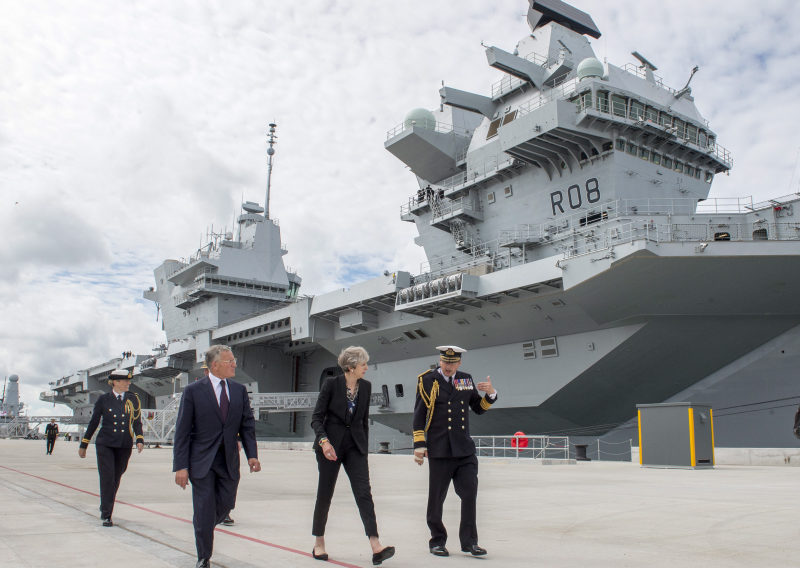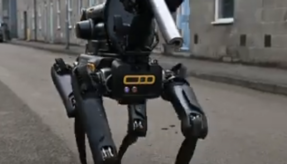
Analysis carried out by the Defence Science and Technical Laboratory (Dstl) has played a pivotal role in the commissioning of HMS Queen Elizabeth, Great Britain’s flagship aircraft carrier.
The Queen Elizabeth Carrier (QEC) made its historic debut in Portsmouth on Wednesday 16 August. For Dstl staff, this was the culmination of over a decade’s worth of behind the scenes working to ready the state-of-the-art vessel for operational duty.
Dstl has led operational analysis for the aircraft carrier since the early 1990s, and kicked things off with an in-depth replacement study exploring alternatives to the now decommissioned Invincible class.
This study helped define the size and shape of HMS Queen Elizabeth, in addition to some of the most significant attributes – from its manning and air wing to sortie generation and flight deck layout.
During the mid-2000s, a specialist Dstl team returned to examine ship to air integration. These were the minds behind the hugely ambitious ski-jump that will be used to launch F-35 fighter jets from the deck of the aircraft carrier.
It was to be a logistical tightrope walk. Launch performance had to be achieved safely and within maximum load tolerances for both the aircraft and the carrier’s deck. There were a host of limitations around ski-jump height and length to take into consideration as well.
The outcome was balanced and feasible however, and Dstl’s findings were subsequently used to design the QEC ski-jump that now sits at the bow of HMS Queen Elizabeth.
According to Martin Rosa, Principal Technical Consultant at Dstl: “The impact of Dstl’s work is that the UK’s F-35B force will have the ability to launch robustly and safely from the Queen Elizabeth Class carriers with operationally relevant mission loadouts in a wide range of weather conditions around the world, using the minimum of deck run, while minimising stress on both aircraft and ship.”
If you would like to join our community and read more articles like this then please click here.







